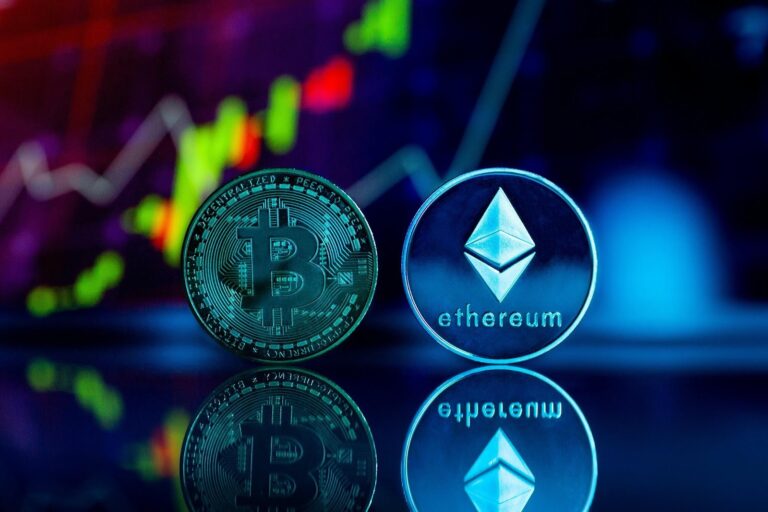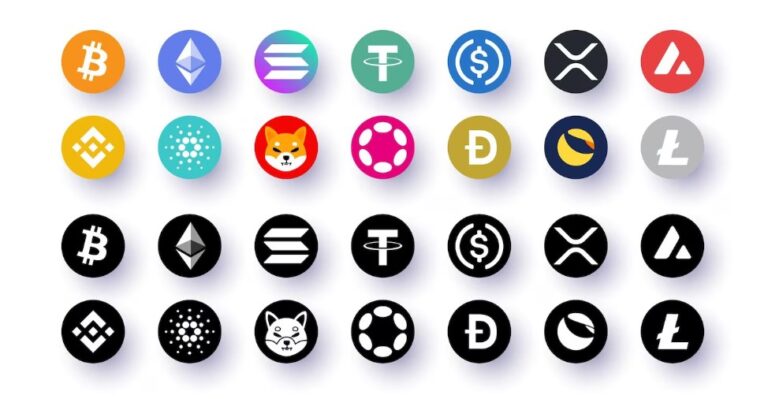In the vast landscape of financial markets, the concept of liquidity is a cornerstone, influencing the efficiency and success of markets ranging from cryptocurrencies to stocks and commodities. Liquidity, essentially, is the lifeblood of any asset market, dictating the ease with which assets can be traded.
Defining Liquidity in Assets
Liquidity in financial terms refers to the ease with which an asset can be converted into cash without significantly affecting its market value. This characteristic is crucial in determining the flexibility and risk associated with holding various assets. Liquid assets, like gold or publicly traded stocks, can be quickly sold in the market at a price close to their market value, providing holders with immediate access to funds. This immediate convertibility makes such assets desirable, especially in volatile market conditions or during financial emergencies.
Conversely, illiquid assets, such as bespoke art pieces, real estate properties, or specialized equipment, face challenges in quick conversion to cash. These assets typically have a smaller pool of potential buyers, and their unique or niche nature means that finding the right buyer can take a significant amount of time. Additionally, the sale process for such assets often involves complex negotiations and valuations, further delaying liquidity. The illiquidity of these assets is a critical consideration for investors, as it impacts the asset’s marketability and can lead to a situation where selling at a fair market price is challenging, especially under time constraints.
Therefore, understanding the liquidity of an asset is essential for investors when making portfolio decisions, balancing the need for quick access to cash with the potential long-term returns from more illiquid investments. This balance is a fundamental aspect of effective financial management and investment strategy.
Market Liquidity: The Bigger Picture
Market liquidity extends this concept to the level of an entire market. It’s a gauge of how readily assets within a market can be bought and sold. In a liquid market, assets have high demand and ample supply, facilitating smooth and fair transactions. Conversely, an illiquid market struggles with low demand and supply, leading to difficulty in executing transactions at reasonable prices.
Makers and Takers: The Pillars of Market Liquidity
The Function of Market Makers
Market makers are entities that provide liquidity to markets by maintaining a constant presence, ready to buy or sell at publicly quoted prices. They are essentially the architects of market liquidity, using the exchange’s order books to submit buy and sell offers. These orders are executed as market conditions meet the set criteria. The presence of market makers is crucial in ensuring that there is always a counterparty for a trade, thereby reducing transaction delays and price volatility.
The Role of Market Takers
Market takers, on the other hand, are participants who remove liquidity from the market. They execute trades at the current market prices, immediately filling orders placed by market makers. Takers are essential for the actual movement of assets within the market, as they are the ones who initiate the trade completion process.
Maker-Taker Fees: The Financial Dynamics
- Understanding Maker-Taker Fee Models. In a bid to incentivize market-making activities and ensure robust liquidity, exchanges often employ a maker-taker fee model. This model charges different fees to makers and takers, based on their impact on market liquidity. Makers, who add liquidity, are usually charged lower fees, while takers, who remove liquidity, are charged higher fees. This fee structure serves as a crucial revenue stream for exchanges and plays a significant role in maintaining a balanced and efficient market;
- Fee Structures Across Exchanges. Different exchanges have varying fee structures, often influenced by factors such as the size of the trade, the asset being traded, and the user’s trading volume. Some exchanges offer tiered fee structures, where fees decrease with an increase in the user’s trading volume, encouraging more significant and frequent trading activities.
The Business of Trading Platforms
Revenue Streams for Exchanges
Apart from maker-taker fees, exchanges diversify their revenue through several streams. These include:
- Deposit and Withdrawal Fees: Fees charged for depositing or withdrawing funds from the trading platform;
- Trading Commissions: Commissions earned from each trade executed on the platform;
- Listing Fees: Charges for new assets or tokens to be listed on the exchange.
The Necessity of Exchanges in the Crypto World
While cryptocurrencies were initially created to bypass traditional financial systems, the need for regulated, secure platforms for trading these digital assets led to the emergence of cryptocurrency exchanges. These platforms not only provide a marketplace for trading but also offer security measures and regulatory compliance, fostering trust and stability in the crypto market.
Impact of Makers and Takers on Market Dynamics
Price Discovery and Market Depth
Market makers play a pivotal role in price discovery, helping establish the market price of assets through their buy and sell orders. They also contribute to market depth, ensuring that there is enough volume for trades to be executed without significant price slippage.
Volatility and Market Efficiency
Market takers, by executing trades at current market prices, contribute to the actualization of these prices. Their actions can sometimes lead to market volatility, especially in thinly traded or illiquid markets. However, in a well-functioning market with a healthy balance of makers and takers, such volatility is often moderated, leading to more efficient price movements.
The Interdependent Relationship of Makers and Takers
- Balancing Liquidity and Market Activity. The interplay between makers and takers is a delicate balance that underpins the liquidity and efficiency of financial markets. While makers ensure that there is always an opportunity to trade, takers actualize these opportunities, driving the market’s momentum;
- Incentivizing Participation. The differential fee structures for makers and takers not only serve as a revenue mechanism for exchanges but also strategically incentivize market participation. By offering lower fees to makers, exchanges encourage the provision of liquidity, while the higher fees for takers reflect the cost of consuming this liquidity.
Conclusion: The Symbiosis of Makers and Takers
The financial ecosystem, particularly in the realm of asset trading, is a complex interplay of various forces, with market makers and takers being fundamental components. Their roles, though contrasting, are complementary, creating a dynamic environment that facilitates efficient trading. Understanding this symbiosis is key for anyone participating in the financial markets, be it in cryptocurrencies or traditional asset classes. It’s this intricate balance that ensures markets remain liquid, prices are discovered fairly, and assets can be traded efficiently, ultimately contributing to the overall health and success of financial markets.









